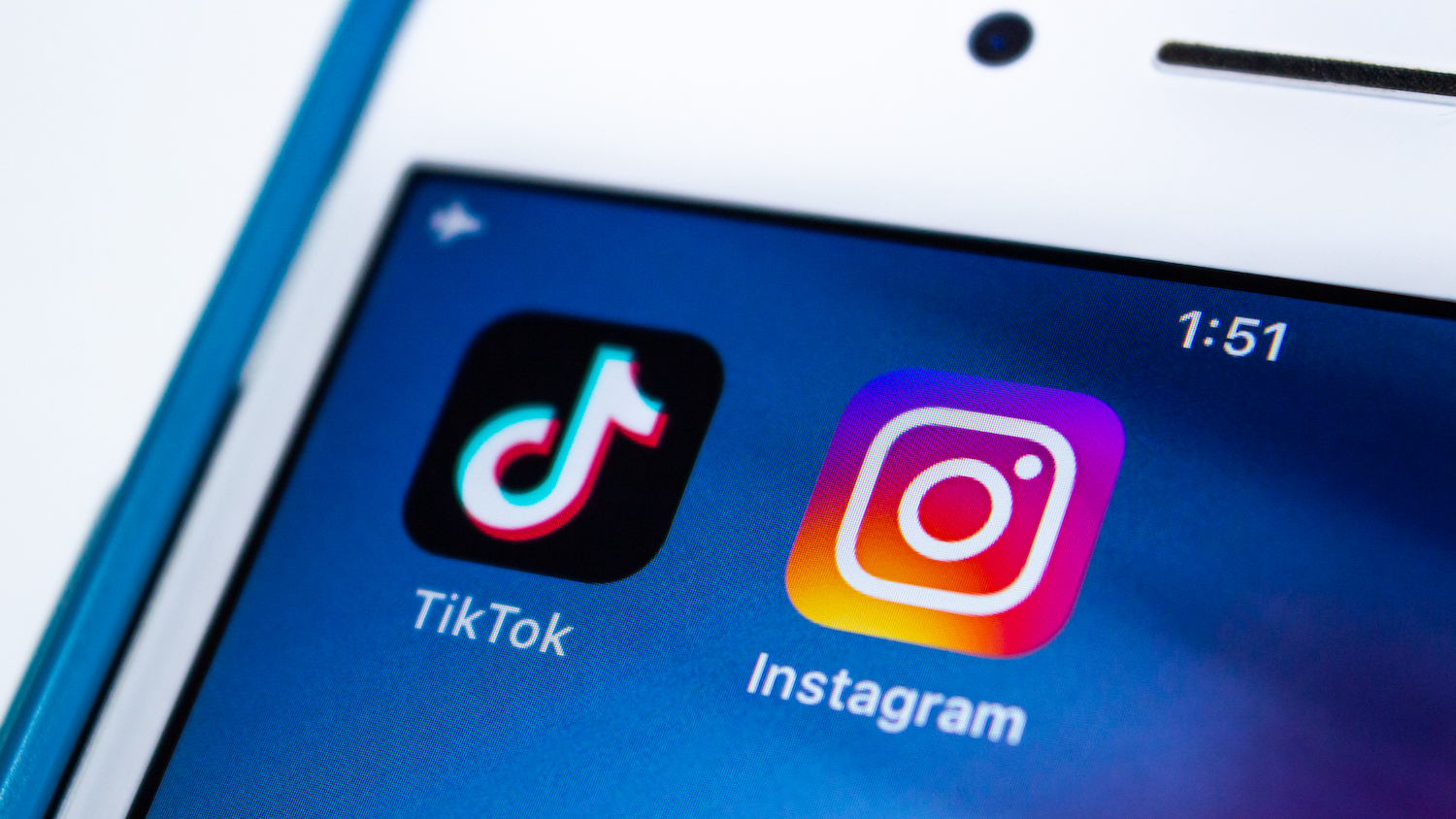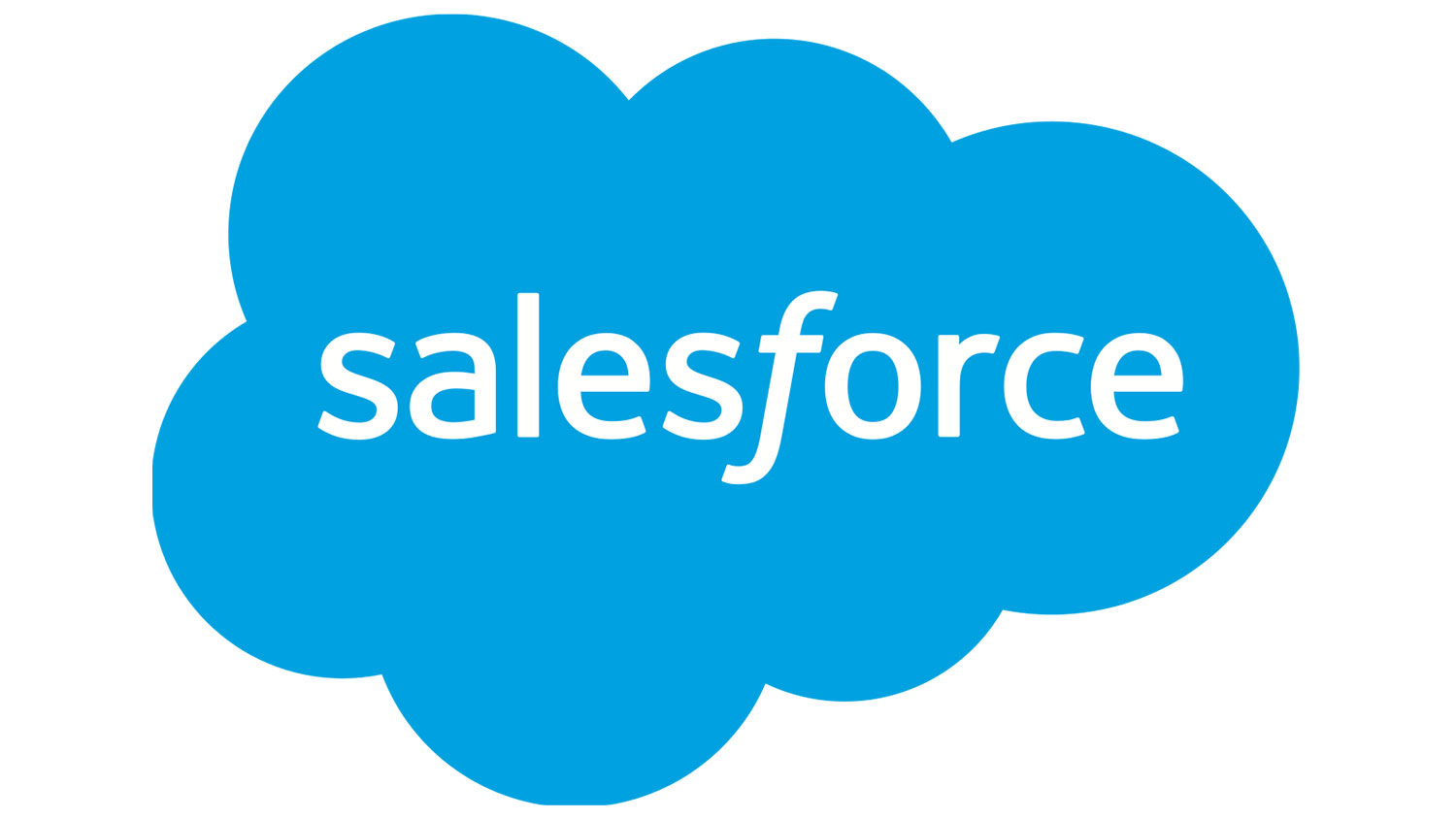Gen Z Want to Go Behind-the-Scenes with Brands on TikTok and Instagram

After a period of decline, consumer spending power is expected to increase in 2023, and with it, the purchasing power of Generation Z. Born between the mid-1990s and 2012, Generation Z consumers currently wield approximately $140 billion in spending power and are also credited with influencing the purchase habits of their Generation X parents. They are known as thrifty spenders, frequently maintaining a focus on financial investments (often via apps), building retirement accounts, saving for a future home purchase and valuing second-hand goods. And with much of their financial advice coming from social media, the majority of Gen Zers also learn about and purchase brands found in their social media feeds. But surprisingly, for being the digital generation, they actually shop online and offline equally – reflecting the fluidity that comes with an identity maintained through online and in-person interactions.
Heather Dretsch, assistant professor of marketing, conducts research on consumer generations and explains how she believes that brands can tailor the narrative they’re building on social media by better understanding the Gen Z mindset and motivation.
What is the Gen Z Mindset?
“Gen Z are passionate about connections and community, and they support people and brands that care about what they care about,” says Dretsch. “Brands that understand younger consumers’ mindsets, and the experiences they curate for themselves online, will succeed both online and offline as they pursue their goals.”
To help brands and social media managers optimize time with these consumers, Dretsch recently explored Gen Z consumer behavior on Instagram and TikTok, through in-depth market research with more than 500 Gen Zers in the Poole College Consumer Behavior Lab. Here is what she learned:
What this means for brands is that creating a sense of comfort, deep familiarity and highly personal interaction are important.
“It’s important to understand the psychographics of a particular segment of consumers, so I started by exploring how Gen Zers view themselves and their core values. Most identify with the phrase, ‘I take care of myself and the world around me.’ They possess an inherent sense of optimism that Millennials are known for, but show confidence and focus unique to them. Their world is the one they have a foothold in, physically or virtually through their connections. They are family-oriented, independent and driven, and their core values are loyalty, honesty, family, kindness, integrity and respect. What this means for brands is that creating a sense of comfort, deep familiarity and highly personal interaction are important.” shares Dretsch.
Which Social Media Platform Does Gen Z Prefer?
Through her research, Dretsch found that 90% of Gen Zers spend time on Instagram daily – averaging more than 30 minutes each day –, and, of those, 70% also reported using TikTok for an average of an hour per day. But when asked which platform they prefer, Gen Zers are split evenly.
According to Dretsch, the fact that they don’t state a preference for one platform over the other is important. Despite common intuition, Gen Z doesn’t want Instagram and TikTok to merge, nor do they want the same content to show up on both platforms. They don’t want unedited videos with sound interfering with their beautiful ‘Insta’ feed, for example. Gen Z are digitally savvy and recognize their motivations for opening the apps are distinct… They respect that the platforms are different and want them to stay that way.
“Key to consumer behavior is understanding the motivation of your target audience. If brands understand the motivation, they can better provide the means to accomplishing Gen Zers social media usage goals – in other words, the right content,” explains Dretsch.
What is Gen Z’s Motivation for Using Instagram vs. TikTok?
On Instagram, Gen Zers want to view content that feels personalized to them or even talks to them about personal growth and advice. They want to be inspired by the creativity of the posts and learn something new, be it financial advice, what’s going on around town, new foods or ways of preparing cuisine, or researching a TV character and what their life consists of behind the screen.
But on TikTok, Gen Zers are motivated by content that entertains and showcases current trends. They know that scrolling through videos is addictive, and according to one user, “With videos so short and entertaining, it’s easy to say ‘just one more’ but that one more soon turns into 5-10 more.”
Dretsch notes that Gen Zers are very aware that videos that appear on TikTok are pushed based on algorithms or what is trending, and they enjoy that. However, this means that they recognize they are not in a relationship with the brands that appear in their feed, which is actually the opposite of what they believe to be true of Instagram.
Digging further into consumer-brand dynamics, Dretsch observed that nearly half of Gen Zers use Instagram to keep up with local businesses as part of their daily scroll. She found that their motivation for following brands on Instagram centered around a desire to support local – noting that 81% value connection to their local community and 78% say supporting local businesses means a lot to them.
What is the Advice for Local Brands?
“Interestingly, to this generation, local means where you live, where you’re from and who is in your inner circle. That is their community and it’s defined differently than brands might think,” says Dretsch. “This often means that Gen Zers are following a vast range of brands – from local professional sports teams and their university’s clubs and sports, to brands from their hometown and businesses founded by their friends.”
Interestingly, to this generation, local means where you live, where you’re from and who is in your inner circle.
In marketing, reach is key. Gen Zers recognize that TikTok has the potential to boost brand awareness, and when viewing, they are often open to new things and ideas – a mindset that allows brands room to pique users’ interest. The caveat Gen Zers revealed is that “so many brands have blown up since TikTok” and what they want from brands on the platform is already something more curated and intentional than brands may think. They claim the content should be funny, aesthetic, informational or otherwise possess a hook for the audience. And since they don’t know the brand, they expect the niche to be apparent in the video.
Dretsch’s data also suggests that for local brands, Instagram is preferred by Gen Z because it feels warmest and most genuine, while TikTok feels far away.
Showcasing their desire to support local, one user offers this advice:
I believe that Instagram would be the most effective for local brands as if you want to support a local brand, you can share [their] posts with others easily, and you are able to put a local brand’s post on your story to promote their value. Also if a local brand needs more funding, it is easier to raise money from them through Instagram.
What Content Should Brands Feature?
According to Dretsch’s research, Gen Zers say they enjoy the way brands are advertising on both Instagram and TikTok. They want to see product and promotion pictures on Instagram because it helps them stay in-the-know. And being able to click through and learn more or shop directly is gratifying for them.
When on Instagram, users recognize that they are in a mindset to care about brands and be social, whereas when on TikTok, they are there to be entertained. And, in addition to embracing engagement opportunities to explore, interact with and share about brands, Instagram users can find plugs to location, links to products and products showcased in aesthetically pleasing ways.
That said, Gen Z does remain open to branded content on TikTok. “They actually say their attention is up for grabs, and they are mindful that the platform is a place they spend time to see what can capture their eye,” observes Dretsch. Gen Z wants to see how a product is used, how it fits or other demonstrations, and TikTok videos enable that. But in order to stay relevant, users expect companies and brand ambassadors to showcase their brands in creative ways.
On TikTok, they ask for brands to stop showing videos trying to personalize content. They’d rather not see the bestseller and simply find out about a variety of the brand’s products in funny ways. They don’t want TikTok to feel forced. They also discern by category, suggesting more clothing and food brands on Instagram and more clothing and makeup brands on TikTok.
What Does it Mean to go Behind-the-Scenes?
Across both platforms, Gen Z begs for more behind-the-scenes content.
“The theme of going behind the scenes has emerged recently in my research and can be super powerful for brands right now,” reflects Dretsch. “Gen Z wants an inside look into the themes, brands and people they care about. They want to immerse themselves in the layers, the story, the step-by-step of people and brands.”
Gen Z wants an inside look into the themes, brands and people they care about. They want to immerse themselves in the layers, the story, the step-by-step of people and brands.
One user points out, “We need to see sponsored content that doesn’t just advertise, but rather lets us see into the company itself. I believe we have yet to see the peak affect-ability of sponsored social media content.”
Gen Zers equate the inside look with that connection they crave. In fact, Dretsch found that 62% of users preferred when local brands gave them a behind-the-scenes look at how they do things.
How Can Brands Develop Behind-the-Scenes Content?
Using her extensive research and data, Dretsch recommends that social media managers looking to develop behind-the-scenes content should show:
- Everything that goes into the design processes as well as the execution of these processes
- A day in the life of the owner and the responsibilities they have, as well as what they do in their own life that shapes values
- How they unpack and stock shipments
- Presales or setup before an event
- Details that make you feel like you’re there in person
- Inside the production facility
- Step-by-step from making selections to putting on the shipping label
- Pre-and post- rituals
- Time lapse format to show how a product is made, processed and packaged
- Different vantage point than a customer’s that gives insight into dynamics
- Small remarks, specialized thinking or detailed analysis
- Something you otherwise wouldn’t see
- Even showing the marketing process itself!
While shocking to some brands who have historically deemed what goes on behind the curtain as proprietary, it’s all very interesting to Gen Z. They value transparency, want to see how the process is really done and, most importantly, they want to believe in the project and those who create it.
“It all comes back to mindset,” says Dretsch. “Even viewed on social media, these glimpses give Gen Zers inside knowledge that makes them feel like valued customers rather than just a random visitor. They want to see the passion, morality and support going into the brand. And that gives them comfort that they are making the world a better place through their consumption.”
For more insights, read Dretsch’s work on what Gen Z wants on Instagram vs. TikTok.
- Categories:


